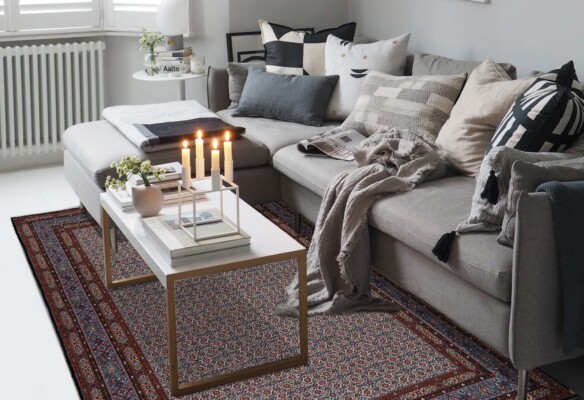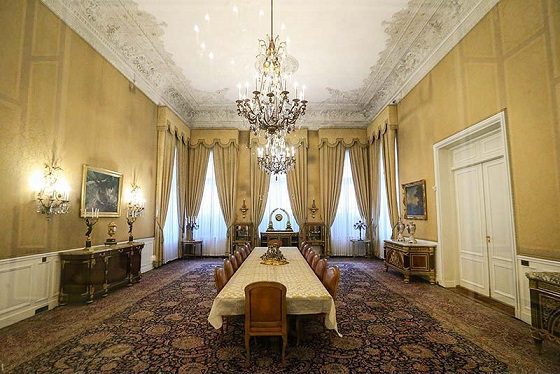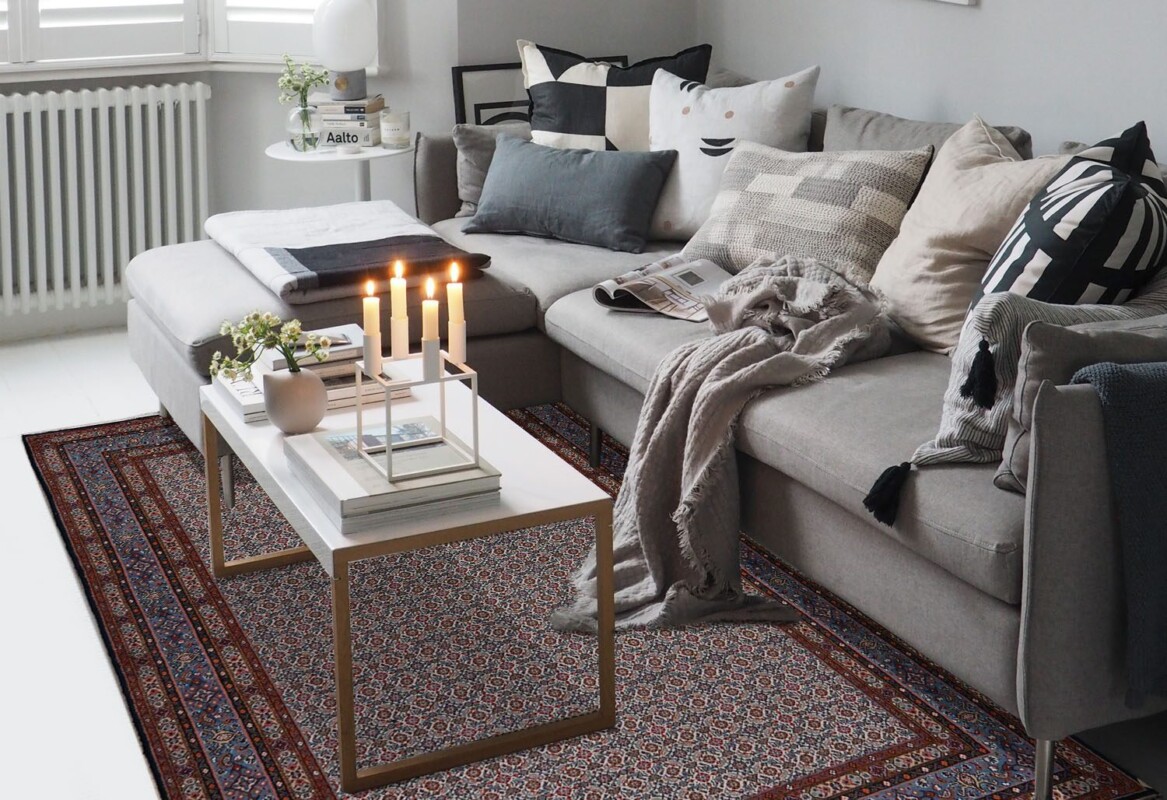Irana Carpets
Khorasan rugs: marriage of technique and art
Khorasan rugs: marriage of technique and art

The Khorasan region in northeastern Iran is divided into three provinces: northern Khorasan, central Khorasan, and southern Khorasan. For years it has been the main occupation of the inhabitants of this area, the name Khorasan is synonymous with the carpets produced in this area. Historically, Khorasan is an important name in carpet knotting. The famous Pazyryk carpet also comes from this area.
In the Khorasan region with more than 200,000 carpet artisan-knitters, it is considered the largest carpet center in Iran. The geographical extent of this area and the diversity of tribes living there provided many designs and techniques for Khorasan rugs. Because of the long winters in northern Khorasan and the drought conditions in the south, many families have carpet knotting as their main source of income.
The main designs of the
Khorasan rugs
are: 1- A small pattern that looks like a fish repeated across the field of the rug with or without the medallion. 2- The field entirely covered with floral motifs not juxtaposed with sun and sunflower-like medallions. 3- The Jeghe pattern repeated on the carpet field. Other motifs and designs are also common in Khorasan carpets depending on the position of the knotters and the traditions of the tribes.
Given Khorasan ‘s geographical location, the variety of plants ,from which the raw materials for dyeing wool are obtained, gives knitters the opportunity to manually dye with natural colors. The different plants growing in this area give varieties of colors such as dark brown, dark and light red, pink, beige, dark and light blue, orange, yellow, green, khaki, black, and white. Of these colors, beige, dark blue and red are the main colors used for Khorasan rugs.
Khorasan rugs have different names according to the city of origin. I Mashhad carpets from the city of Mashhad, the capital of Central Khorasan, have recognizable characters among Khorasan carpets. These carpets are generally large, thick-pile, cotton warp and weft, and red . The design of the
Mashhad carpets
is usually in the form of a medallion with a vase of flowers at the four corners .
Another well-known carpet from the Khorasan area is the
Mud rug
.The characteristic of this rug is the very dense pattern with a special feature: there are ,very stylized two fish chasing each other in a kind of fountain and this pattern is repeated throughout the field of the rug

Quchan carpets from the city of Quchan are another famous Khorasan carpet. Carpets from this area are also known as Kurdi Quchan carpets because there is a Kurdish tribe in that area. This tribe usually has its own flock of sheep, so the material for Quchan rugs comes from the knotters’ herds. Quchan rugs are mostly in lighter colors such as beige and gray with simple designs. Another feature of Quchan carpets are a small production made entirely of silk with geometric designs ,performed by some masters who specialize in knotting silk carpets.
Birjand carpets from South Khorasan are usually with simple but elegant patterns . Carpets Birjand are with a central medallion and a repeated pattern around it, or simply with a repeated pattern with a very elegant frame.
In conclusion, Khorasan carp ets are considered to be carpets with varied and elegant designs. There are many artisans who work with passion and dedication, on designs and techniques and materials to bring Khorasan rugs to a higher quality in order to meet the needs of the European market, which is always attentive to stylistic innovations. Due to the different designs of Khorasan rugs, they are easily set in classic and modern furnishings.



